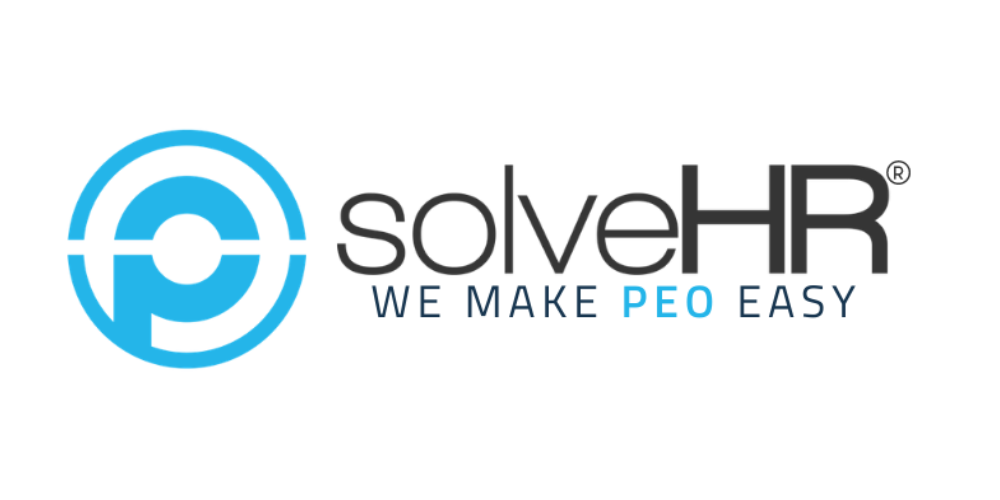- 01/18/2023
- Posted by: Matt Muriel
- Category: Culture & Retention

The New Year is a time for businesses to set new goals and resolutions for the upcoming year. One effective method for achieving these goals is through the use of S.M.A.R.T. goal setting.
S.M.A.R.T. goals are a popular method for setting and achieving business objectives. This system helps teams establish clear and actionable goals with realistic expectations that can be completed within a specific timeframe.
In this blog post, we will take a closer look at what S.M.A.R.T. goals are, how they work, and how they can be applied to recruitment efforts. We will also provide an example of how to create a S.M.A.R.T. recruitment goal to help businesses build their recruitment strategy. By the end of this post, you will have a better understanding of how to use the S.M.A.R.T. system to set and achieve your business goals.
S.M.A.R.T. Goals
If you’ve sat through a few business leadership seminars in your life, then you’ve probably heard of the S.M.A.R.T. goal–setting system. This system is excellent for establishing actionable goals with reasonable expectations that can be completed timely, increasing your team’s odds of success for achieving goals.
The S.M.A.R.T. acronym identifies an essential component of the goal-setting process:
“S”- Specific
Goals like “hire more employees” or “hire an HR expert” is vague and not specific enough to be actionable. You need to identify the how and the outcome of the goal to make it specific.
The easiest way to do that is by asking yourself the 5Ws:
- What does your business want to achieve?
- Why does your business want to achieve this?
- Who in the organization will be involved in this goal?
- Where will this goal take the business?
- When do you plan to accomplish this goal?
With this method, you can now go from “hire more employees” to “staff our marketing department with 10 new employees by the end of Q1.” This new specific goal checks all of the boxes and tells your business where to go next.
“M”- Measurable
You want to make sure that your goals are measurable as well as actionable. If you can’t measure the outcome of your goals, then how will you know when you completed them or if you’re even making progress with them?
To ensure these goals are measurable, businesses should establish specific metrics to track progress. For example, the business may track website traffic, conversion rates, and customer feedback to measure the success of their website redesign. To track their social media presence, they may track engagement rates, follower count, and website referral traffic from social media.
“A”- Attainable
Attainable goals can be achieved with the material, financial, and humans resources available to your business. While it is possible to fill all of your open positions with the best possible employees and have none of them turnover, the odds of this happening are unlikely.
Setting unattainable goals can demoralize yourself and your team when they don’t achieve them. Setting and achieving attainable goals though gives your team a confidence boost and allows you to complete even loftier goals.
“R”- Relevant
Not all goals are equal. Some goals aren’t relevant to your business needs at the moment and are best left to be completed later. Discerning what goals are relevant to your problem at hand is what allows you to stay ahead of the needs of your business.
Businesses should make sure that their goals align with their overall objectives and that they are addressing the most pressing issues at the moment.
“T”- Timely
When setting goals, you want to make sure that you and your team can achieve them within a deadline.
This will help you stay on track and make progress towards your overall objectives. It’s important to note that, while setting deadlines is essential, they should be flexible enough to adjust if necessary.
By utilizing the S.M.A.R.T. goal setting system, businesses can establish clear, actionable, and achievable goals for the New Year. By breaking down their overall objectives into smaller, specific goals, businesses can increase their chances of success. By setting measurable metrics, attainable goals, relevant goals, and timely deadlines, businesses can stay on track and make progress towards their overall objectives.

